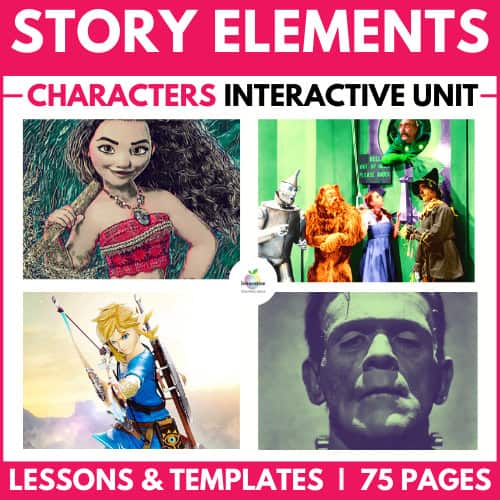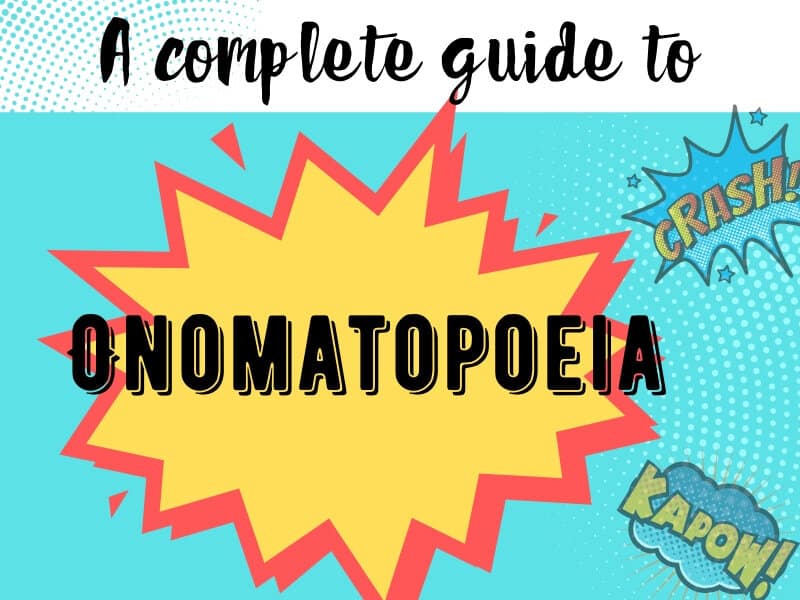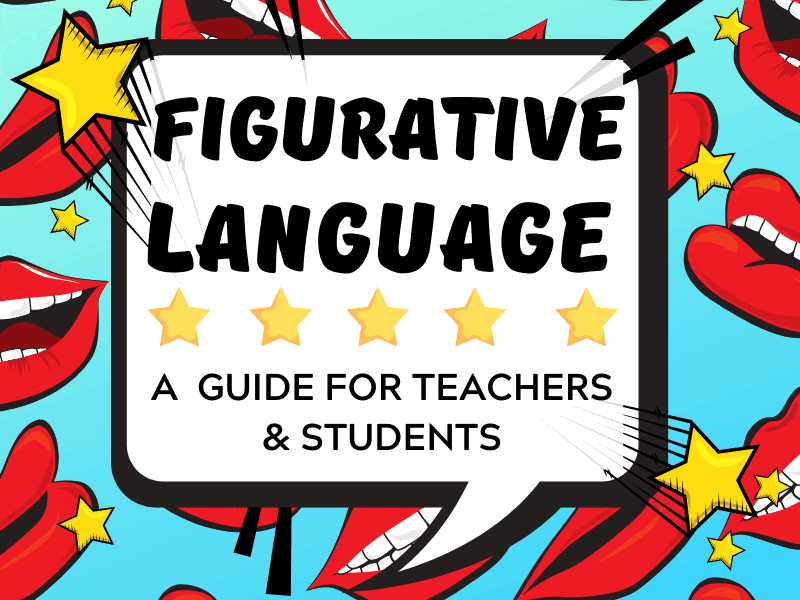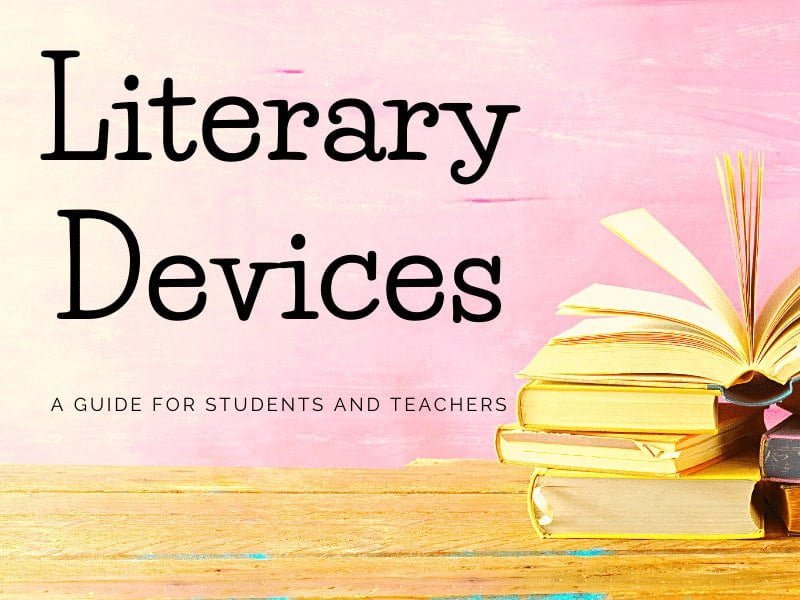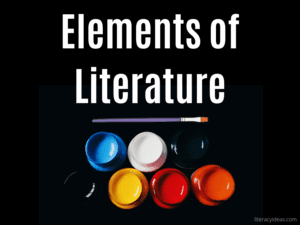
WHAT IS HYPERBOLE?

Like many of the terms used for our literary devices, the origins of the word hyperbole lie in ancient Greek; hyperbole is a compound word with various interpretations, including an over-casting or a ‘ throwing beyond’. The sense here is that of overreaching to convey an amplified meaning, that is, exaggeration.
We can think of hyperbole as the art of exaggeration in many ways. While the sum total of the words used is not meant to be taken in the literal sense, hyperbole is used to grasp beyond every day to express an intensity that is larger than life.
When hyperbole is used in speech or writing, the listener or reader knows the meaning is not literally intended.
We can find numerous examples of hyperbole in literature in our everyday speech. For example:
● “My mum’s going to kill me when she finds out.”
● “He’s as tall as a house.”
● “I’m so hungry I could eat a horse.”
● “She’s as old as the hills.”
● “I told her a million times.”
As we can see from the examples above, it’s possible to use hyperbole in the form of other literary devices, such as simile and metaphor. The critical point is that the statements are not accurate in a literal sense and that they employ exaggeration to convey their point.
WHEN AND HOW TO USE HYPERBOLE
As the examples above show, we use hyperbole in our everyday speech. But hyperbole has long been an essential staple of literary prose, creative nonfiction, essays, songs, poetry, and dramatic writing.
Given its non-literal nature, we don’t often find hyperbole used in technical writing where the main focus is on clear expression devoid of emotional content.
Hyperbole is used to bring emphasis, drama and humor to a sentence. In a sense, hyperbole defies logic and rationale. It is used when the writer desires to go beyond the commonplace to convey larger-than-life emotions or feelings.
DIFFERENT TYPES OF HYPERBOLE
Hyperbole comes in many different flavors, each of which serves a different purpose. Some examples that students would be familiar with are.
Exaggeration: is used to emphasize a point by making it seem larger or more important than it actually is. Examples include “If I have told you once, I’ve told you a million times” or “I’m so hungry I could eat a horse.”
Understatement: Is a form of hyperbole used to downplay or devalue the importance of something. Examples include “It’s just a little bruise” or “I’m just a little hungry.”
Litotes: Is a form of hyperbole and a figure of speech where an affirmative is expressed by negating its opposite. It sounds complicated, but we see it very frequently, such as when an athlete says, “Tonight wasn’t my best game” instead of simply saying, “I played a bad game” It acknowledges the fact that their performance was poor whilst also reminding their fans that they can do much better.
Personification: Is used to give human characteristics to non-human things. Examples include “The wind howled” or “The chair groaned when I sat down on it.”
Anaphora: IS a less common form of hyperbole that uses repetition of the same word or phrase at the beginning of successive clauses or sentences. Examples include “I came, I saw, I conquered” – Julius Caesar.
Climax: This is a form of Hyperbole in which you structure your statements on a similar topic to trump the one that came before it. We see this commonly in marketing and advertising when listing the features and attributes of a product. For example ” The Mega Multi Vitamin Smoothie will reduce bloating, increase energy levels, and provide you the vitality to tackle any challenge throughout your day.”
HYPERBOLE IN LITERATURE

Hyperbole has long been a favorite of poets when expressing some powerful emotion or sentiment. It has been a particularly popular figure of speech used when professing love, as the last thing a lover wants is for their profession of love to appear commonplace and ordinary.
W.H. Auden’s poem As I Walked Out One Evening provides one of the better examples of hyperbole in poetry and an excellent example of how hyperbole can be used effectively to express overwhelming love:
I’ll love you, dear, I’ll love you till China and Africa meet,
And the river jumps over the mountain
And the salmon sing in the street,
I’ll love you till the ocean
Is folded and hung up to dry
And the seven stars go squawking
Like geese about the sky.
As the stanza progresses, these lines form a series of grand and exaggerated declarations of love that increase in ludicrousness.
Despite the fact that the poet is laying the groundwork for a crushing disillusionment to follow, hyperbole serves the poem well here in describing the unbridled optimism that so often comes in the first flushes of newfound love.
As well as emphasizing drama and emotion, hyperbole is often used as a comedic device. Literature in English using hyperbole in this manner abounds, so it won’t be challenging to find some good examples to share with your students.
That said, let’s take a look at a few fun examples to get things rolling.
In his autobiography, Living to Tell the Tale, Gabriel García Márquez writes with wry humor:
“At that time, Bogota was a remote, lugubrious city where an insomniac rain had been falling since the beginning of the 16th century.”
Or, how about its use in folktales?
Hyperbole is the perfect vehicle to bring humor to yarns and tall tales. The far-fetched plotlines and exaggerated heroism of many fairy and folk tales make it the perfect genre to avail of the larger-than-life nature of hyperbole.
We can see this clearly in the following extract from S.E. Schlosser’s retelling of the folktale Babe the Blue Ox:
“Well now, one winter, it was so cold that all the geese flew backward, and all the fish moved south, and even the snow turned blue. Late at night, it got so frigid that all spoken words froze solid afore they could be heard. People had to wait until sunup to find out what folks were talking about the night before.”
USING HYPERBOLE IN INDEPENDENT WORK

Once students have developed a good grasp of how hyperbole works through examining different examples from literature and daily speech, it’d be worthwhile getting them to have a go at writing some examples of their own.
It will help the students internalise how this literary device works, but it will help tune them into when and how this device is used in various types of literature.
Not to mention, coming up with original hyperbole is lots of fun for students too.
The Best Hyperbole Activity in the World – Ever!
To get students to practice writing their examples of hyperbole, ask them to think about something they feel strongly about. It doesn’t matter what emotion is conjured up, as long as it’s a strong one.
Tell the students to think about the emotion that is inspired in them. Is it happiness? Disgust? Desire? Awe?
Then, instruct students to write an imaginatively exaggerated description of it. This will naturally lead to hyperbolic descriptions of the chosen thing.
Don’t overuse Hyperbole.
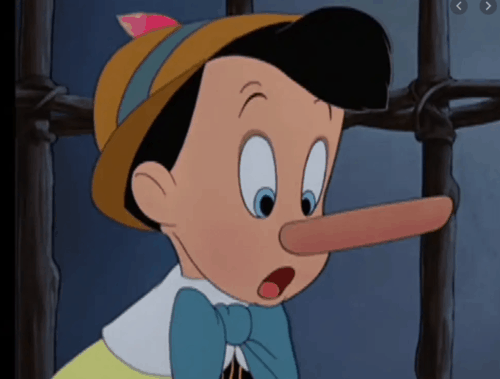
As we can see, hyperbole is an effective literary device when used appropriately. It can bring intensity and humor to writing, but it is essential that it’s used in the proper context and with justification.
When teaching students about this device and how to use it, it is crucial that they avoid its overuse in their own writing.
The danger of hyperbolic writing is that, when it’s used indiscriminately, it can erode the meaning of words. Think of phrases such as I’m starving!, for example.
However, when used judiciously, hyperbole can bring considerable color and creativity to the language. Definitely a worthy tool to have in any writer’s toolbox.
10 GREAT HYPERBOLE TEACHING STRATEGIES
Try working through some of these great teaching ideas below for fun and engaging ways to teach hyperbole in your classroom. Most of these require little to no preparation and are very popular with students.
- Use real-life examples of hyperbole by providing students examples from everyday speech, such as in advertisements or famous sayings.
- Use humor and fun to learn about hyperbole by incorporating over-the-top examples to engage students and make the concept more relatable. See who can turn a simple phrase into the most over-the-top hyperbolic attention grabber.
- As a class, make a list of wild hyperbolic statements might have encountered, and then try to identify which ones are literal and which are hyperbolic by using a little common sense and fact-checking if required.
- Role-play scenarios using hyperbole to exaggerate a point. Get students to go all in and ‘generate the hype’.
- Give students writing tasks such as essays in response to a prompt that requires them to use hyperbole in their responses. Grade them on their hyperbole more than their accuracy for this task to have value.
- Compare literal statements with hyperbolic ones to help them understand the difference. Get students to contrast these against each other.
- Use movies and television show examples of Hyperbole to help students understand the concept. Find examples of hyperbole, such as when Jack shouts “I’m the King of the World” from the front of the Titanic (1997). Superhero movies such as the Avengers are packed with them.
- Graphic organizers are an excellent option to help students organize and understand the different types of hyperbole. Refer to the section above to learn about the various Hyperbole modes.
- Have students work collaboratively in small groups to create examples of hyperbole. This will prompt discussion and assist them to understand the concept through creativity and critical thinking skills.
A COMPLETE UNIT ON TEACHING STORY ELEMENTS




